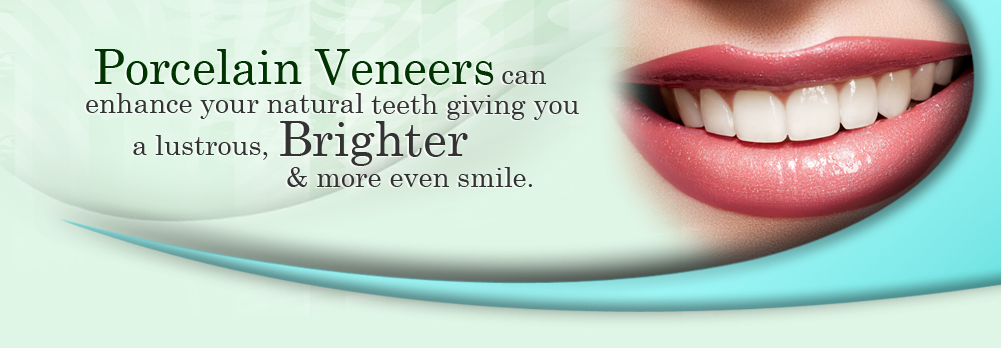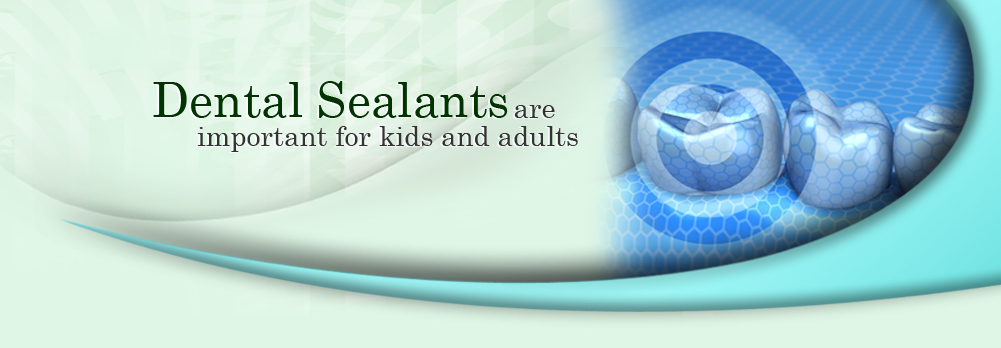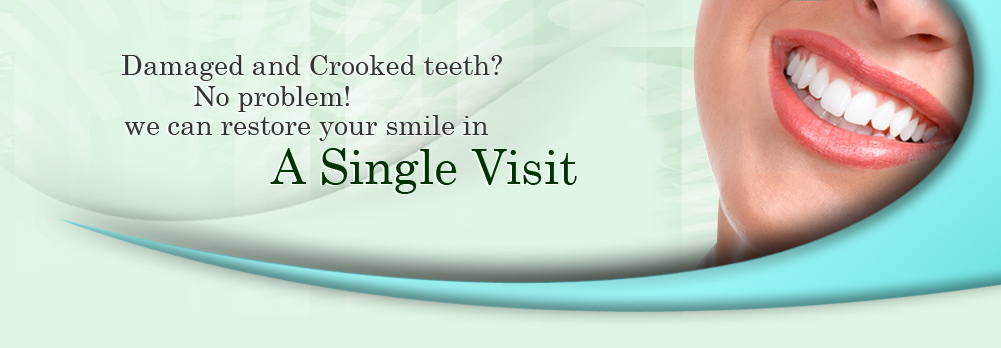Toothbrushes

Angled heads, raised bristles, oscillating tufts, and handles that change colors with use: you name it, toothbrushes come in all shapes, colors, and sizes, promising to perform better than the rest. But no body of scientific evidence exists yet to show that any one type of toothbrush design is better at removing plaque than another. The only thing that matters is that you brush your teeth. Many just don’t brush long enough. Most people brush for less than a minute, but to effectively reach all areas and scrub off cavity-causing bacteria, it is recommended to brush for two to three minutes.
Which toothbrush is best?
In general, a toothbrush head should be small (1″ by 1/2″) for easy access. It should have a long, wide handle for a firm grasp. It should have soft nylon bristles with rounded ends so you won’t hurt your gums.
When should I change my toothbrush?
Be sure to change your toothbrush, or toothbrush head (if you’re using an electric toothbrush) before the bristles become splayed and frayed. Not only are old toothbrushes ineffective, but also they may harbor harmful bacteria that can cause infections such as gingivitis and periodontitis. Toothbrushes should be changed every three to four months. Sick people should change their toothbrushes at the beginning of an illness and after they feel better.
How do I brush?
Place the toothbrush beside your teeth at a 45-degree angle and rub back and forth gently. Brush outside the teeth, inside the tooth, your tongue, and especially brush on chewing surfaces and between teeth. Be sure to brush at least twice a day, especially after meals.
Electric vs. manual toothbrushes
Electric toothbrushes don’t work that much better than manual toothbrushes, but they do motivate some reluctant brushers to clean their teeth more often. The whizzing sounds of an electric toothbrush and the tingle of the rotary tufts swirling across teeth and gums often captivate people who own electric toothbrushes. They are advantageous because they can cover more areas faster. Electric toothbrushes are recommended for people who have limited manual dexterity, such as disabled or elderly people and those who wear braces. Sometimes, it takes more time and effort to use an electric toothbrush because batteries must be recharged, and they must be cleaned after every use. Most electric toothbrushes have rechargeable batteries that take 10 to 45 minutes to recharge. The gearing in an electric toothbrush occasionally must be lubricated with water. Prices range from $30 to $99.
How do electrics work?
Electric toothbrushes generally work by using tufts of nylon bristles to stimulate gums and clean teeth in an oscillating or rotary motion. Some tufts are arranged in a circular pattern, while others have the traditional shape of several bristles lined up in a row. When first using an electric toothbrush, expect some bleeding from your gums. The bleeding will stop when you learn to control the brush and your gums become healthier. Children under 10 should be supervised when using an electric toothbrush. Avoid mashing the tufts against your teeth in an effort to clean them. Use light force and slow movements, and allow the electric bristle action to do its job.
How long have toothbrushes been used?
The first toothbrush was invented in China in 1000 A.D. It was an ivory-handled toothbrush with bristles made from a horse’s mane. Toothbrushes became popular in the 19th century among the Victorian affluent. Mass marketing and the advent of nylon bristles in the 20th century made toothbrushes inexpensive and available to everyone.
Don’t forget . . .
Visit your dentist regularly because tooth brushing and flossing are most effective with periodic checkups and cleanings.











 My husband and I love Prestonwood Dental. I already wrote a review for Dr. Daftary, and realized I should write one for her practice as well, because she and her entire team are brilliant
My husband and I love Prestonwood Dental. I already wrote a review for Dr. Daftary, and realized I should write one for her practice as well, because she and her entire team are brilliant




